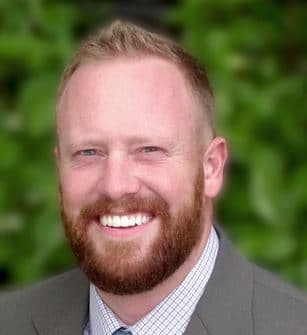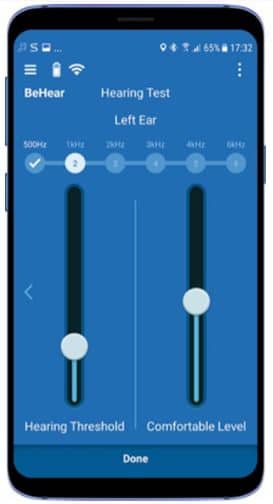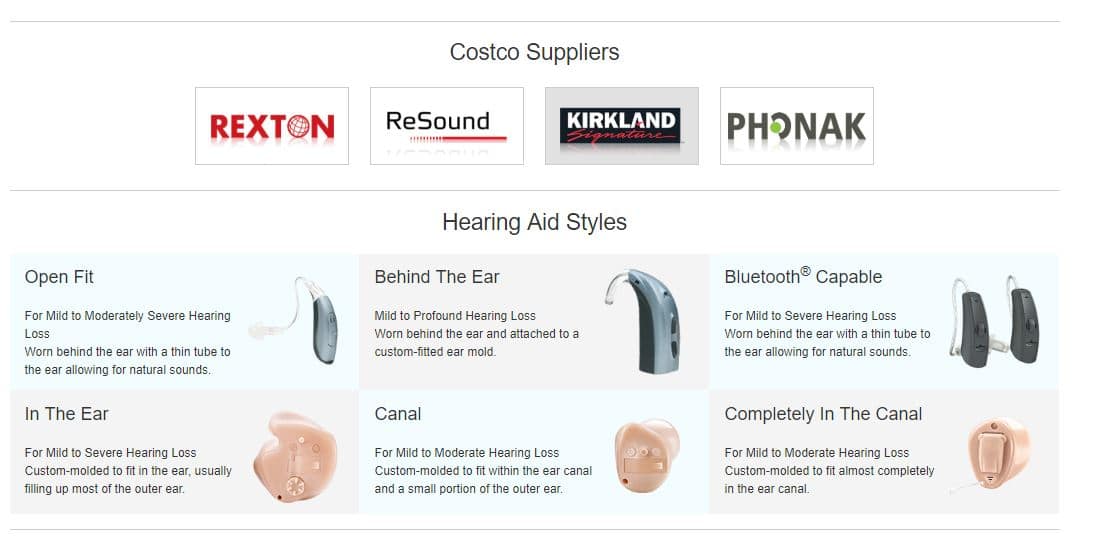Oct. 24, 2021
Diffusion of Innovations and its Application to Hearing Care: Part 2
by Amyn Amlani, PhD In Part 1 of this series, the reader was introduced to the theory, Diffusion of Innovations (DOI; Rogers, 1962). DOI attempts to explain (i) how an idea or product or service gains momentum and diffuses (i.e., spreads) through a specific population or social system, and (ii) how categories of people (i.e., Innovators, Early Adopters, Early Majority,












